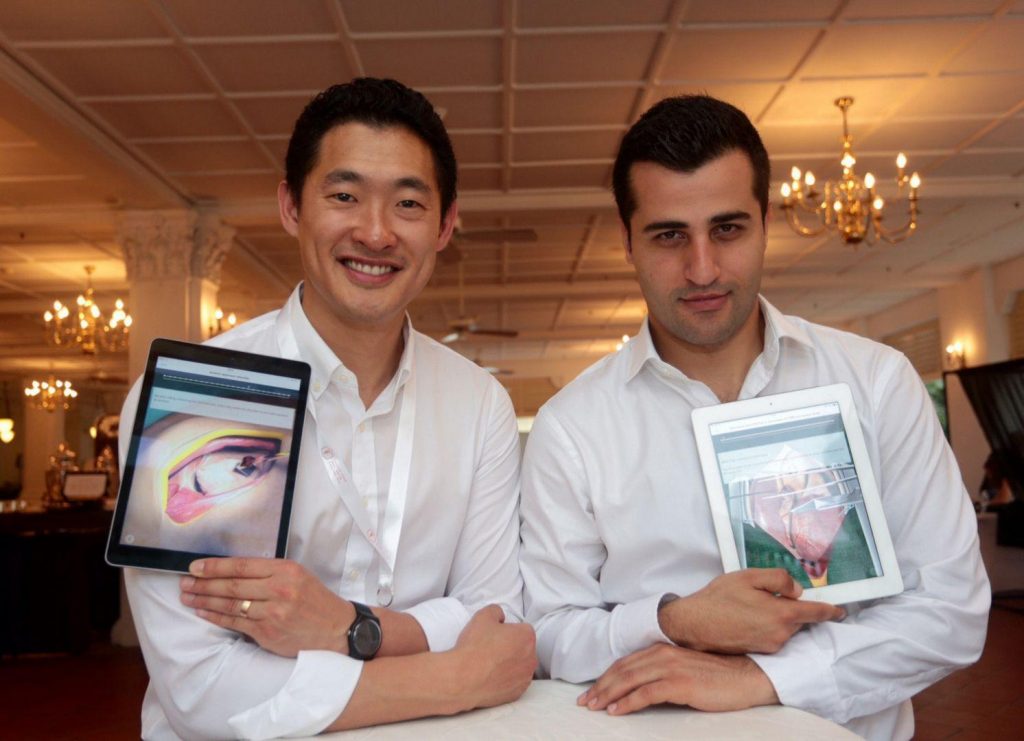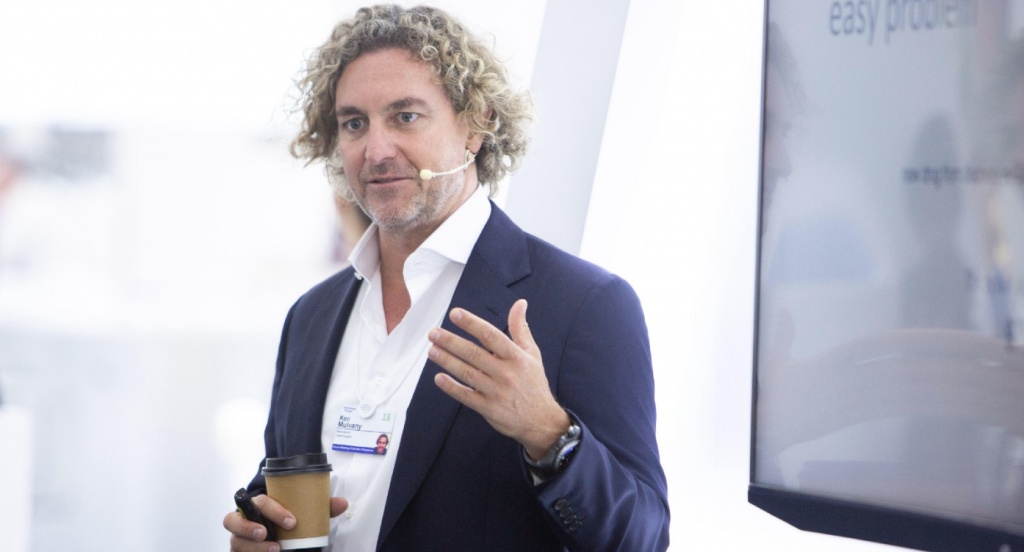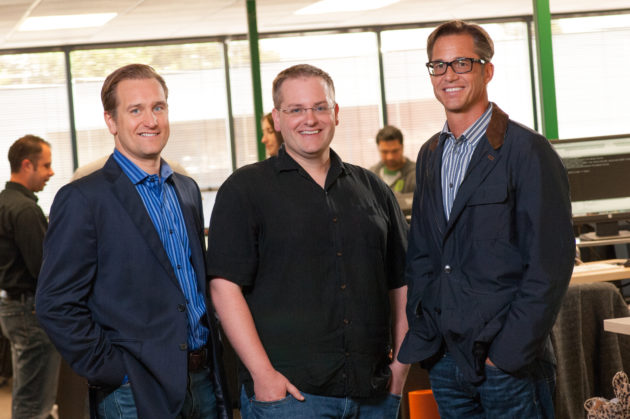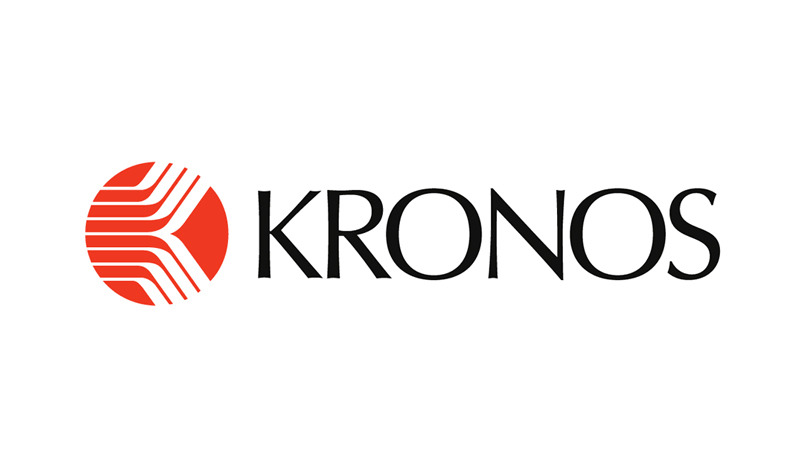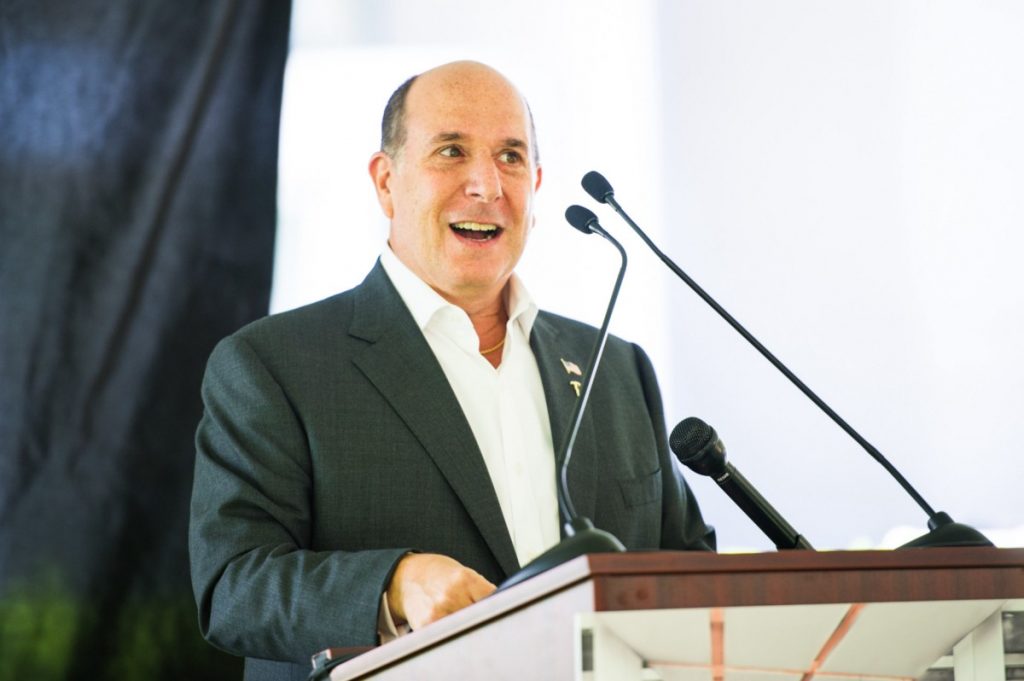TE Connectivity: The ‘Not So’ Popular Global Industrial Leader in the World of Connectivity
Facebook, Google, and Microsoft are the names that are well known to us and have become an inseparable part of our lives. We all use their products and know well about them. But there are a few companies that are continuously providing us with their services, but still, we don’t know much or anything about them. These companies are not very popular but are touching our lives, and in some cases, we can’t even manage without their products. One such company is TE Connectivity, which has been there for more than a decade providing its services to us without caring about if its customers know about it or not.
About the Company TE Connectivity
TE Connectivity is an IT and electronics company that manufactures sensors and connectivity equipment that are capable of working in a harsh environment. From the internet to the cloud structure, from drones to space rockets, and from the vehicles on the roads to aeroplanes in the sky, TE Connectivity has its part in every other field that exists in the world.
The company works in three main fields, i.e. Communications Solutions, Transportation Solutions, and Industrial Solutions. So as the names suggest, TE connectivity provides its connectivity solutions in the field of communication, transportation, and in various industries.
The communication solutions include the manufacturing of electronic equipment that is used in home appliances like dishwashers, washing machines, refrigerators, air conditions, etc. The transport solutions by TE Connectivity are focused on automotive, industrial, and commercial transportation, and these products are used in high-speed metros, light rail vehicles, locomotives, etc.
This segment of the company also works on building sensors for various industries like medical, aerospace, commercial transportation, and defense, etc. With the Industrial solutions, TE Connectivity manufactures equipment that provides connectivity, power, and signal to automate the operations in various fields, including transportation, industries, medical, defense, and others.
The Foundational Story of TE Connectivity
TE Connectivity is a spin-off of Tyco International Ltd., a company with a history that dates back to 1960. Arthur J. Rosenberg founded Tyco International in Ireland with its operational headquarter in Princeton, New Jersey. It was a security system company and was mainly focused on semiconductor manufacturing for the government and did research work for the military.

In 1964, the company went public, and in 1970, it was listed on the New York Stock Exchange. By the year 1980, Tyco International had acquired companies like Simplex Technology, Grinnell Fire Protection Systems, Armin Plastics and was spreading its services. The company then divided its operations into three categories, i.e., fire protection, electronics, and packaging. Tyco continued to work in the three fields until 2007, when the current CEO of Tyco International, Ed Breen, spun off the company into three companies. TE Connectivity was one of the three resultant companies.
The CEO of the Company
Terrence Curtin is the current CEO at TE Connectivity. He was born and brought up in Mount Penn, a city in Pennsylvania, USA. According to one of the interviews of Curtin, he wasn’t good at academics but was one of the star players of the gridiron and the baseball team of his school. He wanted to do better at academics, so he used his talent of gridiron and baseball to get into a good college to get an environment where he could improve at his studies. Eventually, he got admission into the Albright College in Reading, Pennsylvania. He graduated with a degree in accounts in 1990 and immediately joined one of the biggest accounts firms of that time, Arthur Andersen.
After working for a few years with Arthur Andersen, Curtin joined TE Connectivity as its Chief Financial Officer and later, held the position of the corporate controller of the company. In a few years, he was appointed as the president of the company. In 2016, he got elected to the Board of Directors of the company. After a year, in March 2017, Curtin was appointed as the CEO of TE Connectivity.
TE Connectivity Today
TE Connectivity is one of the biggest technology companies that are into connectivity and sensor products manufacturing. The company has got 150 branches in 40 countries, and over 7000 engineers working for TE are connecting to its customers every day to solve their problems. Other than that, the employee count for the company as of 2020 is 80000, and the total revenue for the same year was recorded to be USD 12 billion.

Yashica is a Software Engineer turned Content Writer, who loves to write on social causes and expertise in writing technical stuff. She loves to watch movies and explore new places. She believes that you need to live once before you die. So experimenting with her life and career choices, she is trying to live her life to the fullest.



